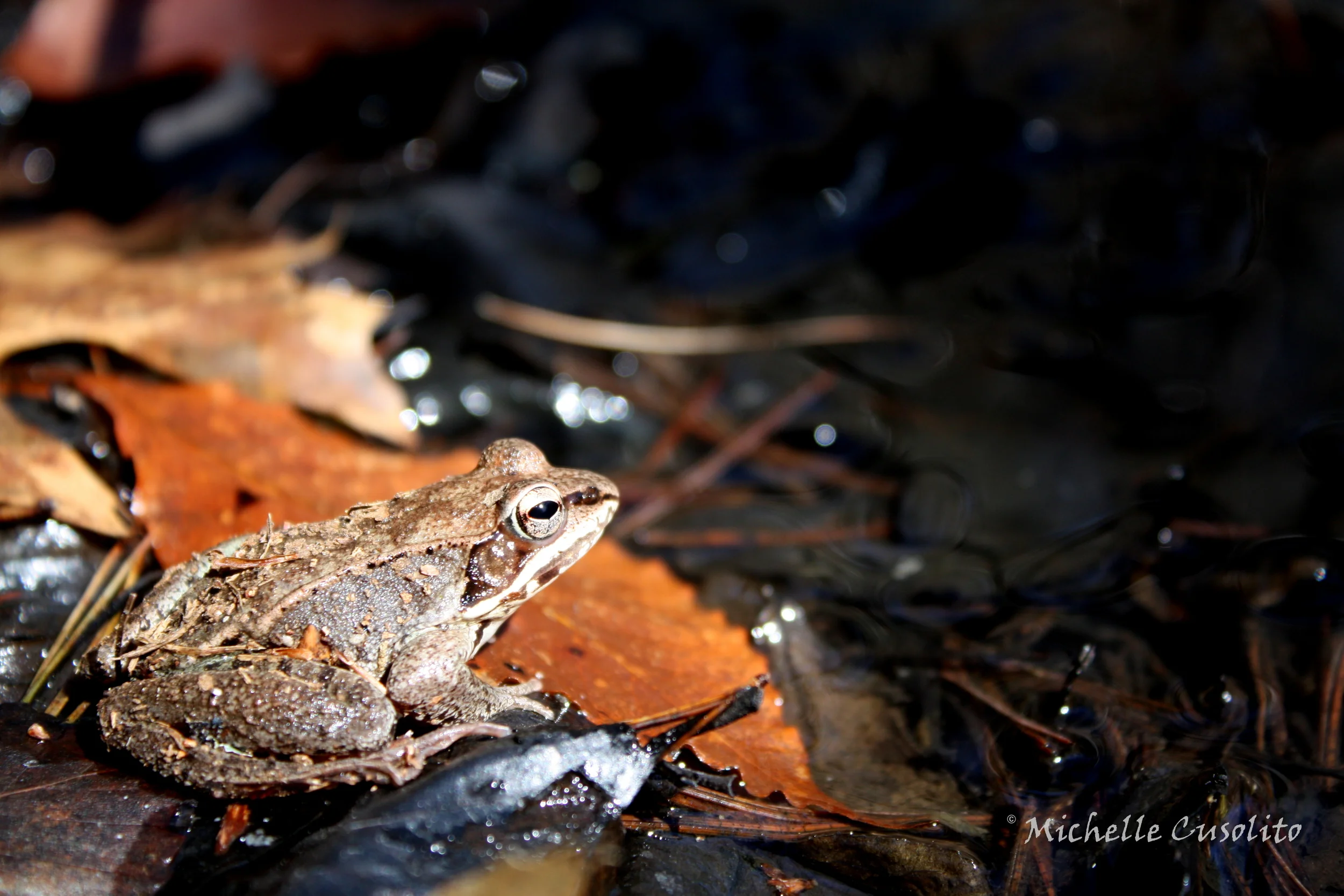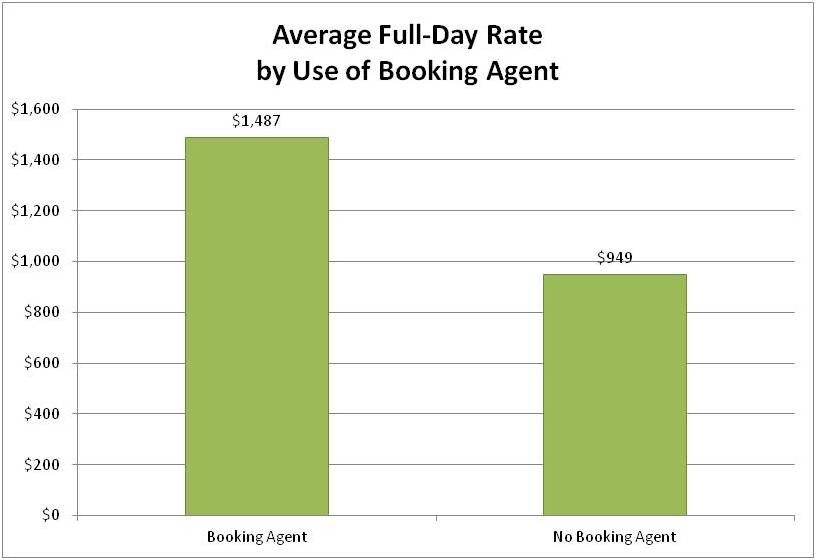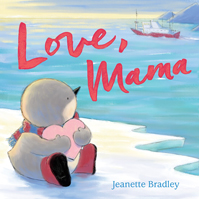Edited to Add (September 19, 2018): If you landed here directly, please refer to this post which lists all previous posts in the series. They describe our process and break down all of the data we collected that lead to this post.
When Grace Lin and Karen Blumenthal launched the #kidlitwomen social media initiative for Women’s History Month, they urged members to focus on specific actions we can take to increase equality.
In the spirit of #kidlitequality - Here are some of our thoughts on specific, actionable items that you can do to promote equality and diversity in school visits:
Confronting the Male “Rock Star” Author Phenomenon
Several respondents commented on their perception that publishers are sending some authors, perceived to be mostly men, on large numbers of publisher-sponsored school visits.
Our data support this anecdotal evidence. Male authors are more likely to have publisher-sponsored school visits than female/non-binary authors. And among authors who do have publisher-sponsored school visits, male authors did, on average, more of these visits. Even more striking, female/non-binary authors who had won a national ALA/ALSC award (ex: Caldecott, Newberry, Coretta Scott King awards, etc) had fewer publisher-sponsored visits than men who had not won an award.
“I’ve had close to 10 experiences of being contacted by a school to see if I was free for a certain time frame, then told I was a “finalist” for the gig. Each one ended up going with a male author instead. Several times I’ve done a school visit at schools who have previously only had male authors, and the staff acts shocked that both girls and boys were completely engaged by my presentation…”
“There are men in my debut class with the same number of books published as me who have booked many more school visits, especially ones in other states.”
What can we do?
Being consciously aware of this phenomenon is the first step. The second is that we all need to clearly communicate with schools that author and illustrator visits are a professional service that is worthy of fair pay.
Choosing to Donate Your Time
Some respondents mentioned that they choose to donate their time to do school visits, either for all of the schools they visit, or for low-income schools.
It’s important for all of us to recognize the value of our time and our expertise that we bring to classrooms. The average rate for a full day school visit is $1,000. This varies by region and career stage, but a choice to donate your time to a school is a significant in-kind donation. It’s also important to recognize that being able to do visits for free is a privilege. It means you are financially secure enough to do so. This is not the case for many book creators.
If you do not communicate to the school that you are making a donation of your time, it devalues our skills and expertise in the eyes of school administrators. It hurts the ability of all of us to be paid fairly for what we do.
“In my area, there is a large bookseller who advertises “free” visits to local schools very aggressively, which can undermine the idea that authors and illustrators should be compensated for our time.”
“When I speak to schools about visits or even teachers, it is always, "The school doesn't have money to pay you, we can give you a basket of your favorite candy." That doesn't pay bills. There are too many schools expecting free school visits to help encourage children, but when schools do not pay at all, how can they expect us to want to go encourage them (kids) to also work for free?”
“My first book released this past year. As part of the launch week I offered free school visits for that week. I was unable to get a paying visit for the rest of the year. I had lots of requests but as soon as I sent over fee information I never heard from them again. One school even contacted me for a visit then when I sent fee info they said they forgot they weren't available that day after all and then asked another author (my friend) for the same day and did the same thing to her when she sent her fee information. I guess the librarian trying to get a free visit didn't realize what a small world it is in the kidlit community.”
What can we do?
Please - go forth and give freely of yourself to causes that move your heart. We all got into this business because we care about kids. But, if you do a school event for free or for a reduced charge, always communicate: “This is a donation of my professional services. I am donating my services to you because:
[you are a Title 1 school], or
[I do X number of donated visits per year], or
[fill in the blank].”
We also encourage you to clearly post your fees on your website and brochures. There is safety in numbers. If more of us share our fees, we won’t be alone. If it helps, refer people to our research. As long as you credit us, feel free to link to the post or quote our research however you like. This post has all of the data about pricing.
Supporting the Ability of Schools to Pay for Author Visits
Many respondents mentioned that schools have limited budgets to pay for author visits, either regionally, or everywhere.
“Schools have trouble finding money for visits.”
“The number of visits I do/year has dropped drastically in recent years because of budget cuts & school testing.”
What can we do?
On the one hand, creators deserve to be paid fairly for their time and expertise. And on the other, every kid deserves to have the opportunity to have a real live author or illustrator come to their school - to realize that books are made by people, and that they, too, are writers.
Many respondents mentioned how difficult it is for them to tell a school that they can’t decrease their fee to the point where it is unsustainable. We all want kids excited about reading and connected to books.
This is an area that requires some outside the box thinking. One respondent stated: “When schools or teachers reach out to me about booking a school visit, I always include a list of grants they can apply for in order to pay for my visit.” Perhaps we could all add such a list to our websites or emails. We could also suggest that local businesses might sponsor an author or illustrator visit.
Another idea includes bundling visits: that is, the author/illustrator visits multiple schools over several days so the schools can share travel and lodging costs. Some authors also offer discounts if multiple schools are booked back-to-back over a few days. With an arrangement like this, you only need to prep once and your travel time is limited vs. if you booked the same number of visits weeks apart, so a discount makes sense.
There are also outside funding possibilities that can be explored.
For example, here in Massachusetts:
Wondermore helps bring authors to underserved schools in Boston. http://www.wondermoreboston.org/mission/
Cultural councils offer grants you can apply for. http://www.massculturalcouncil.org/programs/lccgrants.asp
SCBWI also has the Amber Brown Grant: https://www.scbwi.org/awards/grants/amber-brown-grant/
Another possibility is nonprofit organizations modeled on the innovative work of An Open Book Foundation. Founded by Dara La Porte and Heidi Powell, two DC-area booksellers, An Open Book purchases a copy of the author’s book for every child that they visit. Authors donate their time for these school visits to Title 1 schools. However, they involve guaranteed book sales.
What funding opportunities do you know about? Please add them in the comments, no matter how small. If we get enough responses, we’ll compile them into a future post sorted by state or region for ease of use.
Promoting Diversity of Children’s Literature Creators
The percentage of authors and illustrators of color in children’s literature is too low. We all know this is a problem, and yet it persists.
Only 11 percent of our respondents identified as members of a racial or ethnic minority group. The Cooperative Children’s Book Center found that only 14 percent of books published in the US in 2017 were written or illustrated by people of color. In the same year, 39 percent of the US population was made up of people of color.
About one percent of our respondents identified as gender non-binary. We did not collect information about other facets of LGBTQ identity.
For the first time, in 2017, the CCBC also counted books with LGBTQ content. They found that about 1.5 percent of books both contained some kind of LGBTQ content (including secondary/tertiary characters who may be LGBTQ, and books with animal main characters than can be read as metaphors for coming out), and were written by an author who identifies as part of the LGBTQ community (though authors did not necessarily share an identity with the characters in their books.)
The ripple effect of the diversity gap in published books is a diversity gap in school visits. We know how important it is for kids to see themselves mirrored in the books they read. But representation also matters when it comes to the author or illustrator standing in front of the school gym.
What can we do?
Recommend books you love by authors from marginalized groups to your audience at school visits.
Promote those books on social media. Write reviews on your blog and/or online retail sites.
Go beyond the book talk: when you visit a school, bring flyers about school visit programs for local authors from under represented groups.
Support the work of We Need Diverse Books and other organizations that have created mentorship and internship programs for creators from diverse backgrounds. Consider turning your birthday or other gift-giving occasion into a mini fundraiser for WNDB.
Supporting New Authors and Illustrators
Pricing transparency is important for everyone, but it is particularly important to authors and illustrators new to the children’s literature industry. Many respondents mentioned that they did not know how much to charge, or even that they should charge for school visits.
“As a relatively new author/illustrator, I wished I could have someone show me the ropes. I am always worried I am doing it wrong. People tend to be unhappy if you charge, but then you really need to.”
“As someone just getting started it’s hard to know what to charge. I also feel pressured to do visits for free for friends.”
“I find it phenomenally frustrating to know how much to charge. My regular fee is $950, which other authors tell me is too low, that I should be charging $1500.... But how do I know I'm worth that? Then again, how do the people who charge $2000 know they are worth THAT?”
What can we do?
Sharing information about regional pricing norms with newer colleagues is really helpful - and it actually helps all of us. When some people undercharge, it undercuts the ability of everyone to price our work fairly.
Perhaps we should field a brief version of this survey every couple of years - one that just collects anonymous information on current pricing trends - to help maintain pay transparency.
Looking at Booking Agencies as a Tool for Fair Pricing
Remember this graphic?
Survey respondents who booked school visits through a booking agency earned about one-third more on average than those who did not. (Booking agencies typically take 15% of fees for their administrative costs). Many respondents commented on the difficulties they have experienced in booking their own visits.
“I have found that schools almost always try to negotiate my fees down.”
“I find it interesting the number of times schools have assumed my visit is going to be free. Several times when I've mentioned my honorarium, they have come back and told me that they suddenly no longer need a visit or they found someone else or that their plans have changed.”
“I am always, without fail, asked to take less than my stated full day’s amount. I’ve looked at other honorariums from other authors and I’m already charging less. One event coordinator said, “we usually get ____ (my publisher) for cheaper than this.” I checked. Not true. I’ve decided to cut out school visits completely for a year, beyond the ones assigned for tour by my publisher. The back and forth takes a toll on my time.”
What can we do?
Perhaps a long-term solution to the gender gap in number of visits, and the difficulty of naming and sticking to a fair price, is to join together in groups and create booking agencies. Even group websites or flyers that feature regional authors with set pricing and group advertising might help.
In the short term, if everyone posted their school visit fees on their websites, and that information was freely available to schools searching for authors, it would reduce the misconception that authors are able to visit schools for free.
Looking to the future
The issues outlined in our posts are wide-reaching. There is no one solution. Today’s post represents some possible starting points, but we’re certain there are ideas we haven’t even considered.
What ideas do you have? We really want to hear from you. Will you please leave your suggestions in a comment below?
(If you wish to remain anonymous, email Michelle and she’ll add your comment anonymously. michelle(at)michellecusolito(dot)com Michelle promises not to reveal your identity).
As asked above, please also share funding sources you know about such as local grants, sponsorships, or organizations that support school visits.
About the authors of this study
We (Jeanette Bradley and Michelle Cusolito) volunteered our time and expertise to bring you the results of this survey. We’d appreciate any support you might offer us in return. Perhaps you could buy our books, request them from the library, tweet about them, or write a review if you’ve read them and enjoyed them. Thank you for considering.
Jeanette Bradley has been an urban planner, an apprentice pastry chef, and the artist-in-residence for a traveling art museum on a train. (Yes, she is a data nerd who can draw.) Her debut picture book LOVE, MAMA was published by Macmillan/Roaring Brook Press. It contains no cities, pastries, or trains, but was made with lots of love. She currently lives in Rhode Island with her wife and kids. Jeanette is represented by Emily Mitchell of Wernick & Pratt.
You’ve landed on Michelle’s blog/website, so you can poke around to learn more about her. In case you missed it, here’s the cover of Flying Deep:





